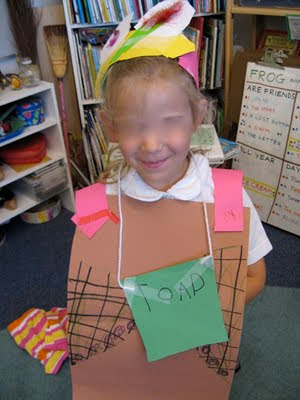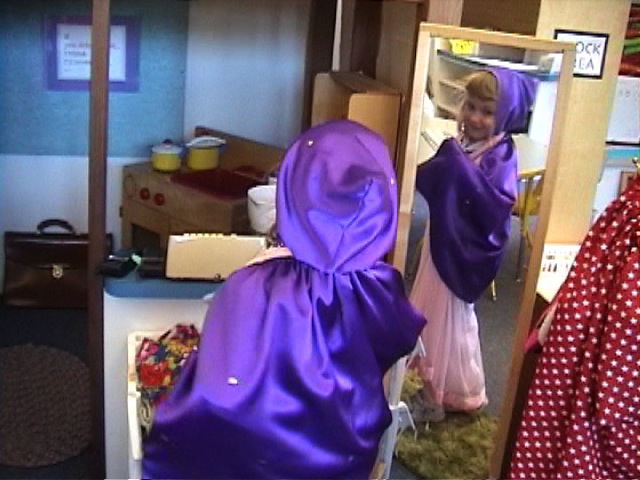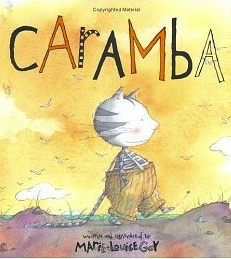 |
| "TOAD" worries that the Ice Cream is melting! |
Books that come to life.
There is nothing like YOUNG CHILDREN bringing a book to life with costumes and performing on stage.
It is joyful and unpredictable and oh-so-memorable.
 |
| F & T has excellent stories for stage! |
Guiding students to bring books to life is - ideally - a process by which children take hold of each step of the creation and performance.
My teacher role...to uplift the group effort of drama performing with 4s and 5s:
1. I offer students a short list of books (from the very very long list of books that we have read all year)
to vote for 1 or 2 to perform a play. (In order to do 2 plays at once, it would have to be shorter stories like Frog & Toad, or one year we did a "double play" of both Click-Clack-Moo: Cows that Type AND Giggle, Giggle, Quack by Doreen Cronin).
2. I support all students to be THE character THEY want to be - it doesn't matter if there are 7 main characters or if there are invented characters. Students MUST be allowed to follow their choice - THAT is how the performance overall will be the most spirited and the most cohesive.
3. Costume design: I help students brainstorm key features of the character they chose - wings? ears? snout? big eye balls? They explore materials we have in class and/or bring other items from home to create their costume.
 |
| Frog and "Froggy" in "Dragons & Giants"! |
 |
| Two Butterflies in "Ice Cream"! |
 |
| Hawks practicing their form for "Dragons & Giants"! |
 |
| Toad in the "Ice Cream" story. |
 |
| Frog in the "Ice Cream" story. |
4. I walk students thru the book pages to discover existing scenery or places (beach, forest, ice cream shop, Toad's house) that we might create to make our book come to life. Use cardboard, donations, large easel paper...paper, paint and creativity.
Less is more.
 |
| Program designed and written by the children. |
5. I ensure our time line from start to finish is about 2.5 weeks.
Week One: for choosing our book and making our scenery.
Week Two: for making our costumes and starting to practice bringing the book to life.
The Final Half Week: is creating our program and performing for visitors.
 |
| Scenery, costumes, roles and dialogue - all choices made by the children. |
6. I am usually the narrator, off to the side of the show, the voice that helps the students stay within the story. Yet, I leave great room for the unexpected and rely on the improvisations of the students to guide me. One year, we had an advanced reader in our class who voted himself to be the narrator!
 |
| The beginning of Dragons & Giants from Arnold Lobel's Frog & Toad - with 2 Frogs and 1 Toad!! |
We welcomed our audience by telling them WHY and HOW these particular books came to life. We shared how we voted, made our own costumes, and made our scenery. We shared about having FUN with our friends to climb into the book and really become our characters in voice and action!
 |
Take a Bow! All the characters from "Dragons & Giants".
|
We answered questions from the audience and bowed after all the applause.
Afterward, we had a Cast Party with all our family and school friends.
And, yes, of course there was ice cream!
Other amazing, fabulous, favorite books to make come to life on stage:
1. Click, Clack, Moo: Cows That Type.
Doreen Cronin.
(the demands of cows on Farmer Brown!)
2. Caramba
Marie-Louise Gay
(poor Caramba...the only cat that cannot fly! ? !)
3. Wow! It's Great Being a Duck
Joan Rankin
(duck named Lily, an eggshell hat and a hungry wolf!)





















































